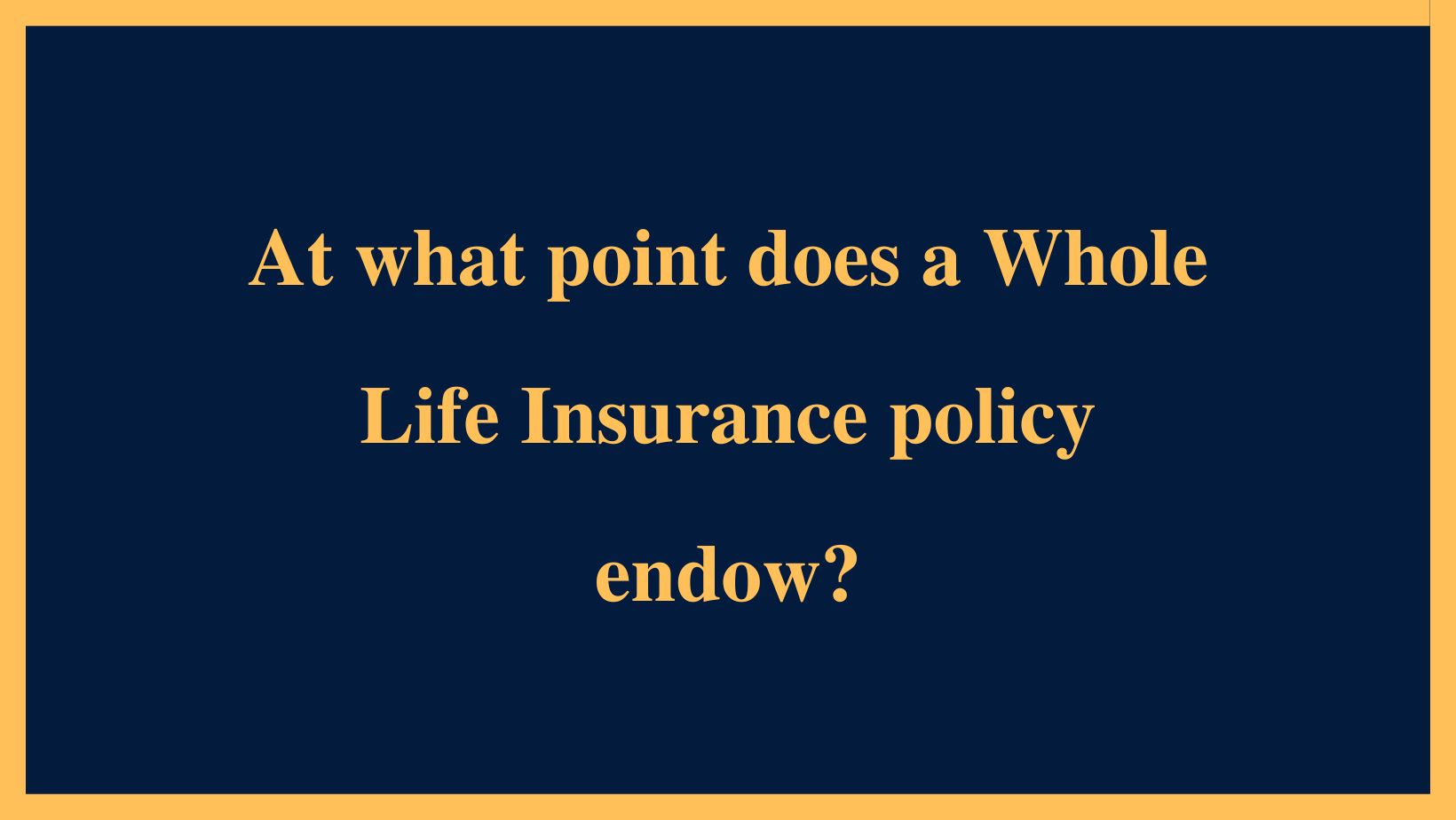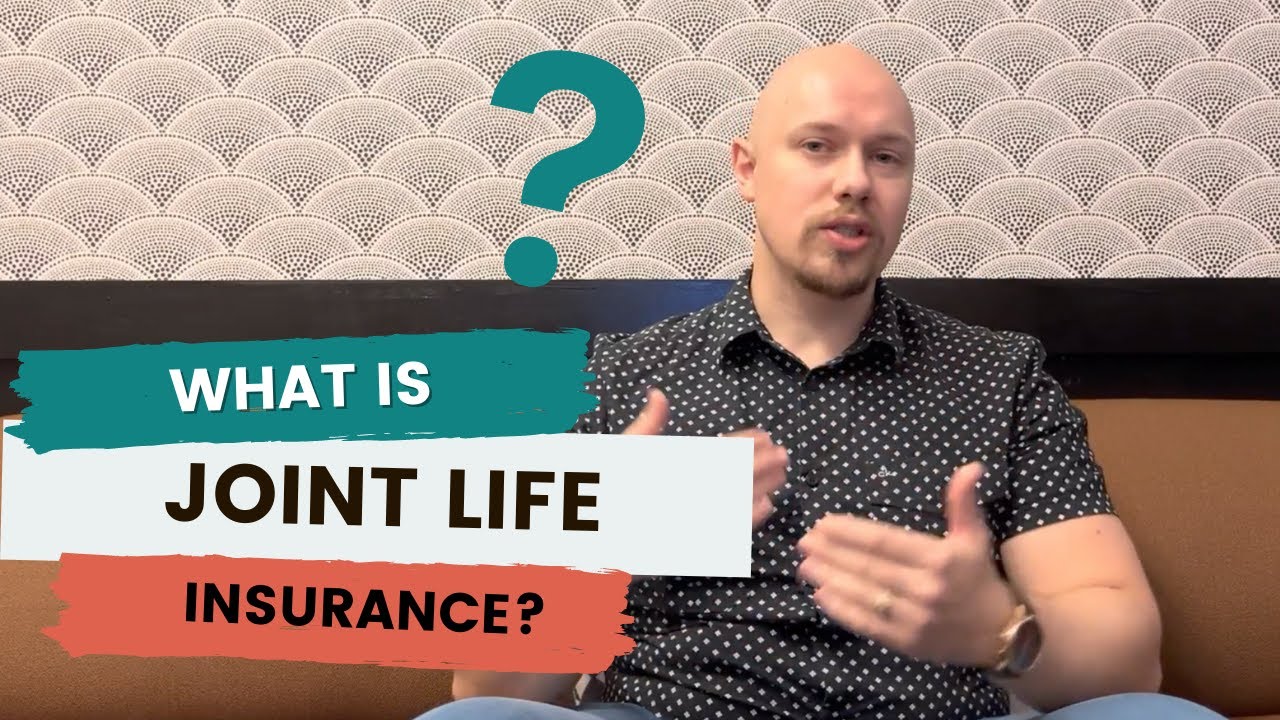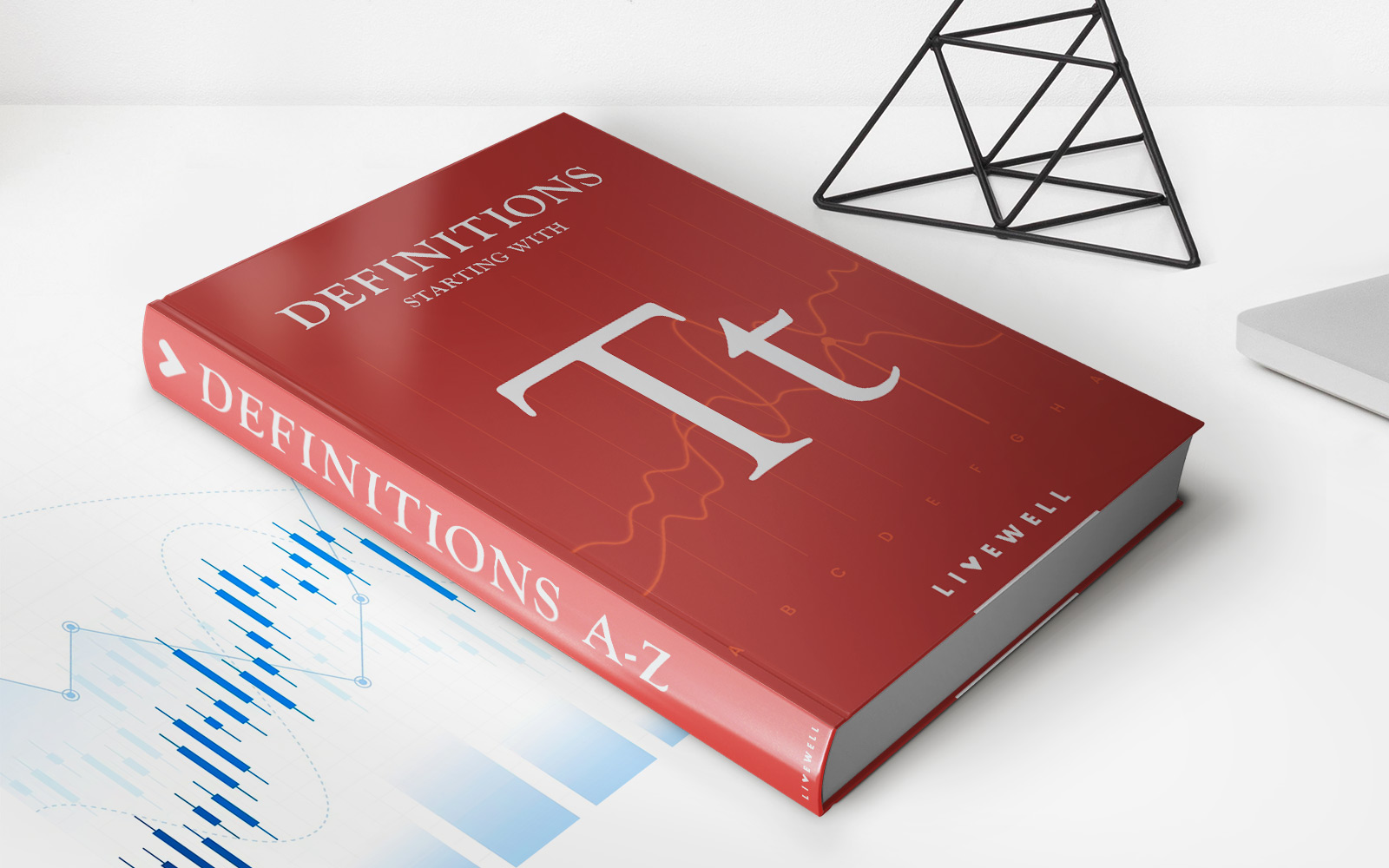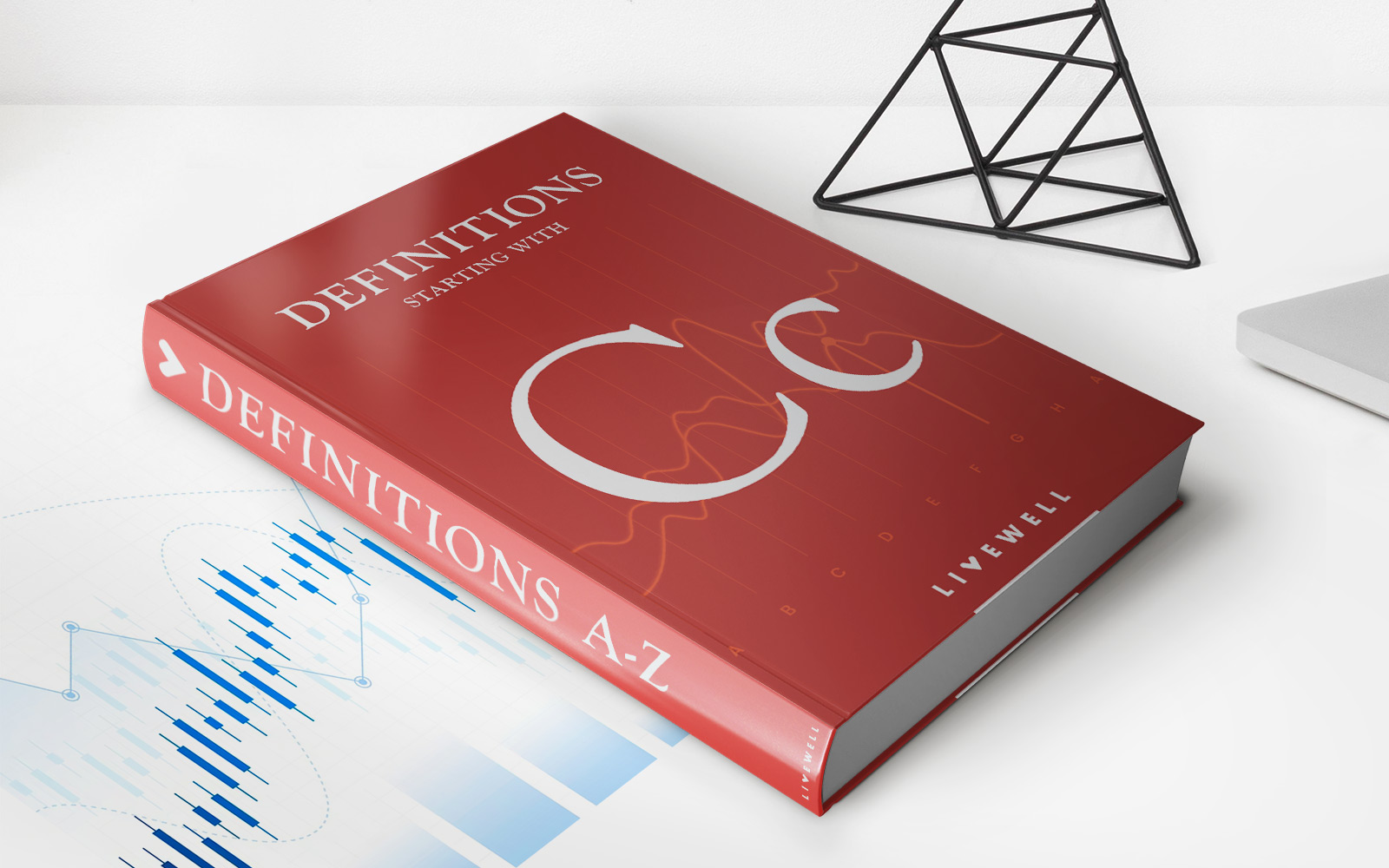Home>Finance>At What Point Does A Whole Life Insurance Policy Endow


Finance
At What Point Does A Whole Life Insurance Policy Endow
Published: November 9, 2023
Ensure financial security for life with a whole life insurance policy. Find out when your policy will endow and start reaping the benefits of long-term investment and protection.
(Many of the links in this article redirect to a specific reviewed product. Your purchase of these products through affiliate links helps to generate commission for LiveWell, at no extra cost. Learn more)
Table of Contents
- Introduction
- Understanding Whole Life Insurance
- The Concept of Endowment in Life Insurance
- Defining the Endowment Point for Whole Life Insurance
- Factors That Determine the Endowment Point
- How an Endowment Affects the Policyholder
- Examples of Endowment Points in Whole Life Insurance Policies
- Evaluating the Benefits and Drawbacks of an Endowment Point
- Strategies to Reach the Endowment Point Sooner
- Conclusion
Introduction
Life insurance is a vital financial tool that provides protection and peace of mind for individuals and their loved ones. Among the various types of life insurance policies available, whole life insurance offers a unique combination of lifelong coverage and potential cash value accumulation. One key aspect of a whole life insurance policy is the concept of endowment.
Endowment in life insurance refers to a predetermined point at which the policy matures, resulting in the policyholder receiving the policy’s face value or cash value accumulation. This article aims to provide a comprehensive understanding of the endowment point in whole life insurance policies, its significance, and how it impacts the policyholder.
Throughout this article, we will explore the factors that determine the endowment point, illustrate examples, evaluate the benefits and drawbacks, and discuss strategies to reach the endowment point sooner.
Understanding the concept of endowment in whole life insurance policies is crucial for policyholders to make informed decisions about their coverage and financial planning. So, let’s delve deeper into this intriguing aspect of whole life insurance.
Understanding Whole Life Insurance
Whole life insurance is a type of permanent life insurance that provides coverage for the entire lifetime of the policyholder, as long as the premiums are paid. Unlike term life insurance, which offers coverage for a specific period, whole life insurance offers lifelong protection.
One of the distinguishing features of whole life insurance is its cash value accumulation. A portion of the premium paid by the policyholder goes towards building up cash value over time. This cash value grows on a tax-deferred basis and can be accessed by the policyholder through policy loans or withdrawals.
Whole life insurance policies typically come with a fixed premium that remains the same throughout the policyholder’s life. This predictable premium structure makes it easier for individuals to plan their financial obligations and ensure the continuity of their coverage.
In addition to the death benefit, which is the amount paid out to the beneficiary upon the policyholder’s death, whole life insurance policies also have a potential for a cash value component. As the policyholder continues to pay premiums, the cash value of the policy accumulates.
The cash value serves as a savings component within the policy and can be used for various purposes. Policyholders can choose to access the cash value through policy loans, which are borrowed against the value of the policy, or through partial withdrawals.
Additionally, policyholders have the option to surrender the policy and receive the accumulated cash value. However, surrendering the policy may have tax implications and could result in the loss of the death benefit.
Overall, whole life insurance offers a unique combination of lifelong coverage, potential for cash value growth, and flexibility in accessing the accumulated cash value. Understanding the various components and features of whole life insurance is essential to grasp the concept of endowment in these policies.
The Concept of Endowment in Life Insurance
In life insurance, an endowment refers to a specific point in the policy’s timeline where the policy matures, resulting in the policyholder receiving the policy’s face value or cash value accumulation. Think of it as the culmination of the life insurance policy, where the insured party is eligible to receive the benefits.
The endowment point serves as a predetermined milestone in the life of a life insurance policy. It is often set at a certain age, such as 65 or 70, or after a specific duration, such as 20 or 30 years. At this point, the policyholder has reached a stage where they are entitled to the full value of the policy, regardless of their current health or mortality.
When an endowment is triggered, the policyholder has the option to receive the policy’s face value or the accumulated cash value. The face value is the death benefit amount stated in the policy, while the cash value is the sum of all the premiums paid, accumulated interest, and potential dividends.
It’s important to note that not all life insurance policies have an endowment point. Endowments are commonly found in whole life insurance policies, as these policies accumulate cash value over time. Term life insurance policies, on the other hand, do not typically have an endowment since their primary purpose is to provide coverage for a specific term.
The concept of endowment in life insurance provides policyholders with additional flexibility and opportunities to benefit from their policy beyond the death benefit. It serves as a reward for maintaining the policy over the long term and provides financial security during retirement or later stages of life.
Understanding the concept of endowment is crucial as it helps policyholders plan for the future and make decisions regarding their life insurance coverage. Factors that determine the endowment point in a whole life insurance policy will be explored in the following section.
Defining the Endowment Point for Whole Life Insurance
In the context of whole life insurance, the endowment point refers to the specific age or policy duration at which the policy matures, and the policyholder becomes eligible to receive the face value of the policy or the accumulated cash value. It marks the completion of the policy’s growth and represents a significant milestone for the policyholder.
The endowment point is determined at the time of policy inception and is based on various factors, including the desired age at which the policyholder wishes to receive the benefits and the anticipated premium payments. Commonly, the endowment point in whole life insurance policies is set for ages 65 or 70, or after a policy duration of 20 or 30 years.
It’s important to note that the specific endowment point can vary based on the policyholder’s preferences and the terms and conditions set by the insurance company. Some policies may offer multiple endowment options, allowing policyholders to choose from different maturity ages or durations.
When the endowment point is reached, the policyholder has the choice to receive the face value of the policy or the accumulated cash value. If the policyholder decides to receive the face value, the designated beneficiary will receive a lump sum payout upon the policyholder’s death.
Alternatively, the policyholder can choose to receive the accumulated cash value, which represents the sum of the premiums paid over the years, accumulated interest, and potential dividends. This cash value can be accessed through policy loans or partial withdrawals, providing the policyholder with a source of funds for various financial needs.
The endowment point is a critical aspect of whole life insurance policies as it determines when the policy will pay out its full benefits. It offers policyholders the opportunity to receive the value of their policy during their lifetime, providing financial security and flexibility as they age.
Next, we will explore the factors that influence the determination of the endowment point in a whole life insurance policy.
Factors That Determine the Endowment Point
The endowment point in a whole life insurance policy is not arbitrary but rather influenced by several factors that are taken into consideration at the time of policy issuance. These factors play a crucial role in determining when the policy will mature and the policyholder will be eligible to receive the benefits.
1. Age at Policy Inception: The age at which the policyholder purchases the whole life insurance policy has a significant impact on the endowment point. Younger policyholders may have longer policy durations before the endowment point, while older policyholders may have shorter durations.
2. Desired Maturity Age: The policyholder’s desired age at which they want the policy to mature also influences the endowment point. Some individuals may prefer to have the policy mature at a specific age when they anticipate needing the benefits, such as retirement age.
3. Premium Payments: The frequency and amount of premium payments made by the policyholder factor into the determination of the endowment point. Higher premium payments may result in a shorter policy duration until the endowment point, while lower premiums may extend the policy duration.
4. Policyholder’s Health: The policyholder’s health condition at the time of policy issuance can be a factor in determining the endowment point. If the policyholder has a shorter life expectancy due to certain health conditions, the endowment point may be set at an earlier age or shorter policy duration.
5. Insurance Company’s Guidelines: The insurance company’s guidelines and policies also play a role in determining the endowment point. Each insurance company may have different criteria and options for endowment points, allowing policyholders to choose from various maturity ages or durations.
6. Policyholder’s Preferences: Ultimately, the policyholder’s preferences and financial goals are central to determining the endowment point. They have the flexibility to select the endowment option that aligns with their specific needs and circumstances.
It’s important for policyholders to carefully consider these factors and consult with their insurance agent or financial advisor when selecting the endowment point for their whole life insurance policy. By understanding and evaluating these factors, policyholders can make informed decisions that align with their long-term financial plans and objectives.
Now that we have explored the factors influencing the endowment point, let’s examine how the endowment affects the policyholder.
How an Endowment Affects the Policyholder
Reaching the endowment point in a whole life insurance policy can have a significant impact on the policyholder both financially and in terms of future planning. Let’s explore how an endowment affects the policyholder.
1. Financial Security: An endowment provides the policyholder with a sense of financial security. It guarantees that at a specific age or policy duration, they will receive the policy’s face value or the accumulated cash value. This ensures that the policyholder will have access to a substantial sum of money, which can be used to fulfill financial obligations or achieve specific financial goals.
2. Retirement Planning: For many policyholders, reaching the endowment point coincides with their retirement age or retirement planning timeline. The endowment payout can serve as a valuable source of funds during retirement. It can be used to supplement retirement income, cover living expenses, or pursue leisure activities without the worry of outliving the policy’s benefits.
3. Flexibility in Financial Decision-making: When the endowment point is reached, the policyholder gains flexibility in their financial decision-making. They have the option to receive the policy’s face value or the accumulated cash value and can choose how to utilize these funds based on their current financial needs and goals.
4. Asset for Legacy Planning: The endowment payout can also be utilized for legacy planning. If the policyholder decides to receive the cash value, they may allocate a portion of the funds towards securing the financial future of their beneficiaries, funding education or other specified expenses, or leaving an inheritance.
5. Enhanced Cash Flow: Receiving the accumulated cash value at the endowment point can provide an additional cash flow source for the policyholder. This influx of funds can be used to pay off debts, invest in other opportunities, or simply improve the policyholder’s overall financial wellbeing.
It’s important to note that the specific impact of an endowment will vary based on individual circumstances and the policyholder’s financial goals. Some policyholders may opt to keep the policy intact even after reaching the endowment point, while others may choose to surrender the policy and utilize the funds in a different manner.
Understanding how an endowment affects the policyholder allows individuals to make informed decisions regarding their life insurance coverage and helps them align their financial plans accordingly.
Next, let’s explore a few examples of endowment points in whole life insurance policies to illustrate this concept further.
Examples of Endowment Points in Whole Life Insurance Policies
Endowment points in whole life insurance policies can vary based on the policyholder’s preferences, insurance company guidelines, and other factors. Here are a few examples to illustrate how endowment points may be set in different scenarios:
1. Age-Based Endowment: A policyholder purchases a whole life insurance policy with an endowment point set at age 65. After reaching this age, the policyholder becomes eligible to receive the policy’s face value or the accumulated cash value. This endowment point aligns with the policyholder’s retirement age, providing a financial cushion for retirement expenses.
2. Duration-Based Endowment: In another scenario, a policyholder chooses a whole life insurance policy with a duration-based endowment point of 20 years. After the policy has been in force for 20 years, the policyholder can access the benefits in the form of the face value or accumulated cash value. This endowment point provides a certain level of financial security after two decades of maintaining the policy.
3. Flexible Endowment Options: Some whole life insurance policies offer flexibility in determining the endowment point. For instance, a policyholder may have the option to select among multiple endowment ages, such as 65, 70, or 75. This allows the policyholder to tailor the endowment point to their specific financial goals and retirement plans.
4. Variable Endowment Point: In rare cases, a whole life insurance policy may have a variable endowment point based on specific events or circumstances. For example, the policy might endow when the policyholder experiences a certain medical condition or reaches a predefined financial milestone. This type of flexible endowment point offers policyholders the opportunity to receive the benefits when it aligns best with their unique circumstances.
These examples highlight the different ways endowment points can be set in whole life insurance policies. The specific choice of the endowment point depends on the policyholder’s preferences, financial goals, and the options provided by the insurance company.
Understanding these examples showcases the flexibility and customized nature of whole life insurance policies and how policyholders can select the endowment point that suits their individual circumstances.
Now, let’s evaluate the benefits and drawbacks of an endowment point in a whole life insurance policy.
Evaluating the Benefits and Drawbacks of an Endowment Point
The presence of an endowment point in a whole life insurance policy comes with both benefits and drawbacks. Let’s analyze them:
Benefits of an Endowment Point:
- Guaranteed Payout: The endowment point ensures that the policyholder will receive the policy’s face value or accumulated cash value at a specific age or duration, providing a guaranteed payout.
- Financial Security: Reaching the endowment point offers policyholders a sense of financial security, as they know they will have a substantial sum of money available for their use.
- Flexibility: The endowment payout provides policyholders with flexibility in financial decision-making, allowing them to use the funds based on their current needs and goals.
- Source of Retirement Income: The endowment can serve as a valuable source of funds during retirement, supplementing other retirement income sources and ensuring a comfortable retirement lifestyle.
- Legacy Planning: The endowment payout can be utilized for legacy planning, enabling policyholders to leave a financial legacy for their loved ones or support specific financial goals even beyond their lifetime.
Drawbacks of an Endowment Point:
- Premium Cost: Whole life insurance policies with an endowment point tend to have higher premiums compared to term life insurance policies.
- Long-Term Commitment: Whole life insurance policies require long-term commitment, as the endowment point is typically reached after many years of premium payments.
- Surrender Value Limitation: If the policy is surrendered before reaching the endowment point, the policyholder may not receive the full accumulated cash value, and surrender charges might apply.
- Opportunity Cost: The accumulated cash value within the policy may have lower growth potential compared to alternative investment options.
- Tax Implications: Surrendering the policy or accessing the cash value may have tax implications, and policyholders should consult with a tax advisor to understand the potential tax consequences.
Evaluating the benefits and drawbacks of an endowment point is essential for policyholders to make informed decisions regarding their life insurance coverage. It’s crucial to consider individual financial goals, risk tolerance, and overall financial planning when considering a whole life insurance policy with an endowment point.
Next, we will discuss strategies that can help policyholders reach the endowment point sooner, should they wish to accelerate their policy’s maturity.
Strategies to Reach the Endowment Point Sooner
If policyholders wish to reach the endowment point in their whole life insurance policy sooner, there are several strategies they can consider. These strategies can help accelerate the policy’s growth and shorten the time it takes to receive the benefits. Here are a few options to consider:
- Increasing Premium Payments: One way to reach the endowment point sooner is by increasing the amount of premium payments. By paying more than the minimum required premium, policyholders can build up the cash value of the policy more rapidly, potentially reaching the endowment point sooner.
- Utilizing Policy Dividends: Some whole life insurance policies offer dividends to policyholders based on the performance of the insurance company’s investments. Policyholders can choose to reinvest these dividends back into the policy, allowing the cash value to grow faster and potentially accelerating the timeline to reach the endowment point.
- Making Lump Sum Payments: Instead of paying premiums on a regular schedule, policyholders may have the option to make lump sum payments. By making larger contributions upfront, more cash value can be accumulated, potentially shortening the time needed to reach the endowment point.
- Limiting Policy Loans: While policy loans can provide flexibility in accessing cash value, minimizing the number and amount of policy loans can help accelerate the policy’s growth. By keeping the cash value within the policy, it will have the potential to accumulate and grow at a faster rate.
- Reviewing Investment Options: Whole life insurance policies often have a variety of investment options available within the policy. Reviewing these options and selecting investments with higher growth potential can help increase the cash value accumulation, potentially reaching the endowment point sooner.
It’s essential for policyholders to consult with their insurance agent or financial advisor to assess the suitability of these strategies based on their specific circumstances and goals. Each individual’s financial situation is unique, and the effectiveness of these strategies may vary.
Additionally, it’s important to note that accelerating the policy’s growth to reach the endowment point sooner may result in higher premium payments or changes to the policy structure. Policyholders should carefully consider the financial implications and long-term commitment associated with these strategies.
By implementing these strategies and proactively managing their policy, policyholders have the potential to reach the endowment point sooner, providing them with greater financial flexibility and security.
Now, let’s summarize the key points discussed in this article.
Conclusion
Understanding the concept of endowment in whole life insurance policies is essential for policyholders to make informed decisions about their coverage and financial planning. The endowment point serves as a predetermined milestone in the policy’s timeline, where the policy matures and the policyholder becomes eligible to receive the policy’s face value or accumulated cash value.
Throughout this article, we have explored the factors that influence the endowment point, the benefits and drawbacks of having an endowment point, and strategies to reach the endowment point sooner.
Having an endowment point in a whole life insurance policy provides a sense of financial security and flexibility for policyholders. It serves as a guaranteed payout that policyholders can look forward to at a specific time in their lives, often coinciding with retirement planning or other significant milestones. The endowment also offers policyholders the opportunity to access a substantial sum of money that can be used for various financial needs.
While there are benefits to having an endowment point, it’s important to consider the associated drawbacks, such as higher premiums and potential tax implications. Policyholders should carefully evaluate their financial goals and circumstances before deciding on the endowment point and selecting appropriate strategies to reach it sooner, if desired. Consulting with an insurance agent or financial advisor can provide valuable guidance.
Ultimately, the endowment point in a whole life insurance policy offers policyholders a unique combination of lifelong coverage, cash value accumulation, and the potential for a guaranteed payout. Understanding and considering the implications of the endowment point can empower individuals to effectively plan for their financial future and ensure financial security for themselves and their loved ones.
As with any financial decision, it’s important for policyholders to conduct their own research, assess their individual needs, and consult with professionals to make well-informed choices regarding their life insurance coverage.














